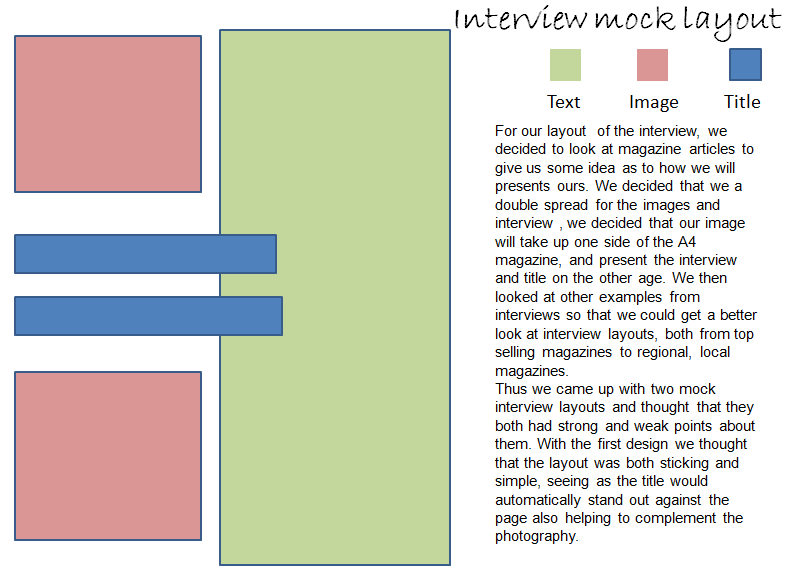History of photography
I done secondary research by highlight key information on specific sites and putting them onto my blog to help with my media concept. I highlighted key and valuable information for key websites to help with my planning such as Wikipedia.
Photography is a word derived from the Greek words
photos ("light") and graphein ("to draw") The word was first used by the
scientist Sir John F.W. Herschel in 1839. It is a method of recording images by
the action of light, or related radiation, on a sensitive material.
Pinhole
Camera
Alhazen (Ibn Al-Haytham), a great authority
on optics in the Middle Ages who lived around 1000AD, invented the first
pinhole camera, (also called the Camera Obscura } and was able to explain why the images were upside
down. The first casual reference to the optic laws that made pinhole cameras
possible, was observed and noted by Aristotle around 330 BC, who questioned why
the sun could make a circular image when it shined through a square hole.
The First Photograph
 On a summer day in 1827, Joseph Nicephore Niepce made the first
photographic image with a camera obscura . Prior to Niepce people just used the camera obscura for viewing or
drawing purposes not for making photographs. Joseph Nicephore Niepce's heliographs or sun
prints as they were called were the prototype for the modern photograph, by
letting light draw the picture. Niepce placed an engraving onto a metal plate coated in
bitumen, and then exposed it to light. The shadowy areas of the engraving
blocked light, but the whiter areas permitted light to react with the chemicals
on the plate. When Niepce placed the metal
plate in a solvent, gradually an image, until then invisible, appeared.
However, Niepce's photograph required
eight hours of light exposure to create and after appearing would soon fade
away.
On a summer day in 1827, Joseph Nicephore Niepce made the first
photographic image with a camera obscura . Prior to Niepce people just used the camera obscura for viewing or
drawing purposes not for making photographs. Joseph Nicephore Niepce's heliographs or sun
prints as they were called were the prototype for the modern photograph, by
letting light draw the picture. Niepce placed an engraving onto a metal plate coated in
bitumen, and then exposed it to light. The shadowy areas of the engraving
blocked light, but the whiter areas permitted light to react with the chemicals
on the plate. When Niepce placed the metal
plate in a solvent, gradually an image, until then invisible, appeared.
However, Niepce's photograph required
eight hours of light exposure to create and after appearing would soon fade
away.
Fellow Frenchman, Louis Daguerre was also experimenting
to find a way to capture an image, but it would take him another dozen years
before Daguerre was able to reduce exposure time to less than 30 minutes and
keep the image from disappearing afterwards.































